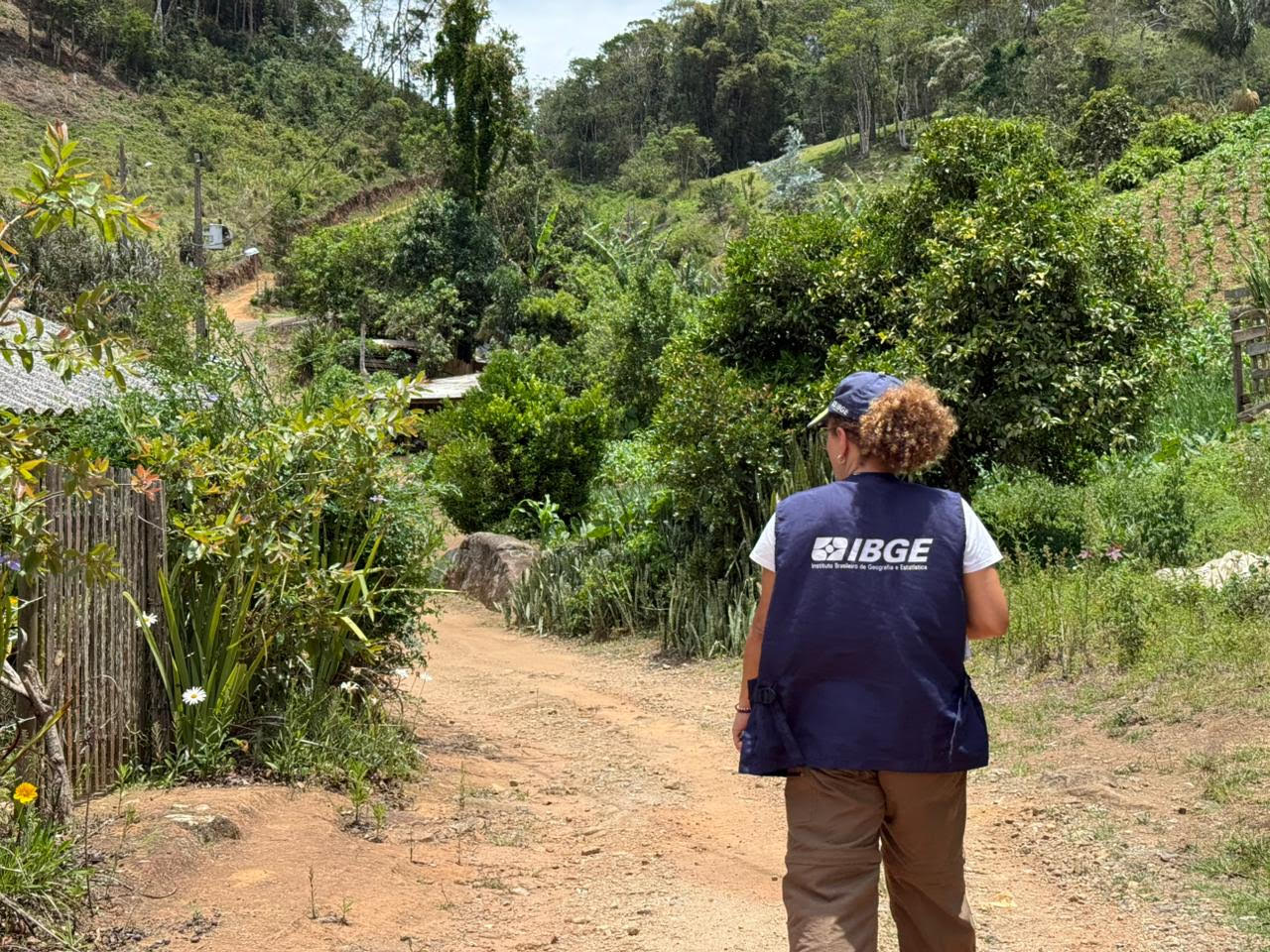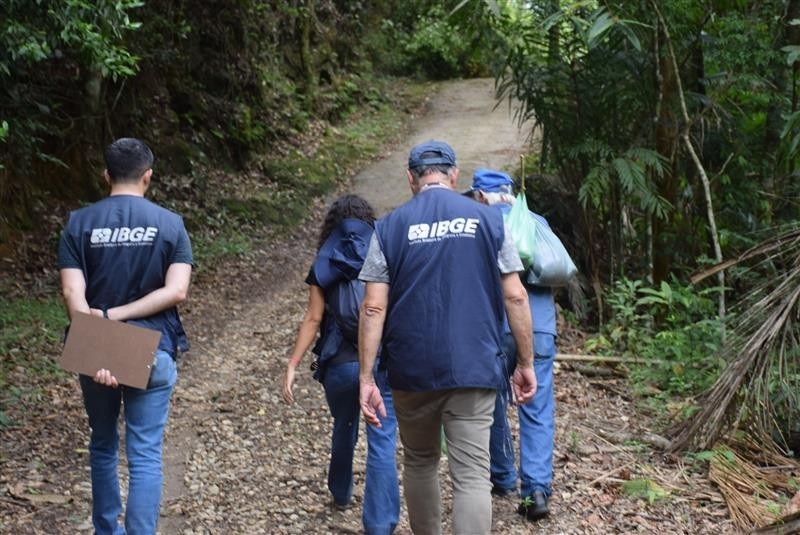National Survey of Health
One out of every four adults in Brazil were obese in 2019 and primary health care was positively evaluated
October 21, 2020 10h00 AM | Last Updated: October 21, 2020 04h33 PM
Highlights
- Obesity among persons aged 20 and over increased from 12.2% to 26.8% between 2002/2003 and 2019.
- 61.7% of the adult Brazilian population was overweight. Between 2002 and 2003, they made up 43.3%.
- A total 25.9% of the persons aged 18 and over were overweight, a total 41.2 million.
- One out of every five teenagers aged 15 to 17 were overweight.
- Approximately one third of the persons aged 18 to 24 were overweight and among those aged 40 to 59, 70.3%.
- Dealt with for the first time in PNS, Primary Health Care was graded 5.9 by users of services at Basic Health Care Units (UBS) or Family Health Care Units (USF).

The percentage of obese adults in Brazil more than doubled in 17 years, with a change from 12.2%, between 2002 and 2003, to 26.8%, in 2019. In the same period, the proportion of overweight adults changed from 43.3% to 61.7%, and represented almost two-thirds of the Brazilian population. Data come from the second volume of the National Survey of Health (PNS) 2019, released today (21) by the IBGE, in partnership with the Ministry of Health.
Results were compared with those from the 2002-2003 and 2008-2009 editions of the Consumer Expenditure Survey (POF) and the previous edition of PNS, in 2013, for persons aged 20 and over. According to the World Health Organization (WHO), the anthropometric evaluation of adults must consider weight and height ratio. For WHO, persons with a body mass index (BMI) equals to or above 25kg/m² must be overweight, and, above 30 kg/m², obese.
According to the IBGE technician Flávia Vinhaes, data from PNS show the advance of overweight and obesity among the Brazilian population in recent years. “Percentages of overweight and obesity have increased, having more than doubled in both sexes.”
In the group aged 18 and over, 25.9% were obese in 2019, a total 41.2 million persons. Another 96 million, or 60.3% of the population in this age group, were overweight. “Obesity is a subcategory of overweight, so obese persons are also part of the overweight overall,” Ms. Vinhaes explains.
The study also investigated anthropometric measurements of teenagers aged 15 to 17 who had been selected for a subsample of the survey housing units. Overweight percentage for teenagers in the group reached 19.4%, or 1.8 million persons. Prevalence was higher among female teenagers (22.9%) than male ones (16%). As for obesity, the percentage stayed at 6.7%, being 8% among female teens and 5.4% among male ones.
Among 7.4 million persons (33.7%) aged 18 to 24 were overweight in 2019. In the group aged 40 to 59 years of age, prevalence increased to 70.3%, which means 39.5 million persons.
“With the advance of age groups, prevalence increases, but it decreases at the age of 60 and over. That is true for both sexes. We observe women are more prevalent than men in terms of overweight, except in the group aged 25 to 39, in which the highest percentages are for men,” the researcher says. In 2019, obesity reached 29.5% of women and 21.8% of men, whereas overweight affected 62.6% of women and 57.5% of men.
The technician highlights that obesity increases with the advance of age, except for persons aged 60 and over. “In terms of obesity, we observe the same movement of prevalence increase with the age. Among persons aged 60 and over, percentage decreases. It was also observed that women are more prevalent in terms of obesity than men in all age groups.”
The survey also analyzed weight deficit in the Brazilian population. Among persons 18 and over it was 1.6% in 2019. “The interpretation of weight deficit data indicates that a figure below 5% is within normal characteristics of a population with the thin biotype,” Ms. Vinhaes explains.
Prevalence of weight deficit was highest among men in almost all the age groups, except among persons aged 60 and over. The weight deficit percentage of women was 2.9%, whereas, among men, it was 2.2%.
Primary Health Care was graded 5.9
For the first time, PNS dealt with the topic Primary Health Care (PHC). The target public for the study were residents aged 18 and over who had been seen at least twice by the same physician in Basic Health Care Units (UBS) or Family Health Care Units (USF). Their answers to a questionnaire were used to calculate the Overall Score of PHC, which ranges between 0 and 10. In Brazil, the score was 5.9..
“Whenever the average score is higher than 6.6, that is, two thirds of 10, one can say that service tends to be a high-quality one. That is a threshold. If a figure is below that, it doens’t mean you are far from quality service. With a 5.9 result I might say Brazil is on a quality path for this target service,” Luiz Felipe Pinto, associate professor of UFRJ’s School of Medicine and consultant for this survey, explains.
The study also investigated characteristics such as sex, age group, color or race and marital status of users of Primary Health Care. A total 69.9% of the persons who used PHC in the six months preceding the survey were women; 60.9% were black or brown; 65% had spouses or partners and 35.8% were between 40 and 59 years of age.




















